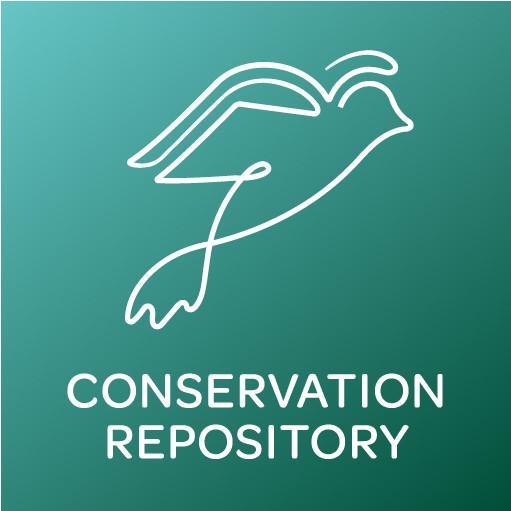
Peer-Reviewed Publications
Document Type
Article
Publication Date
2023
Abstract
Population monitoring is essential to management and conservation efforts for migratory birds, but traditional low-altitude aerial surveys with human observers are plagued by individual observer bias and risk to flight crews. Aerial surveys that use remote sensing can reduce bias and risk, but manual counting of wildlife in imagery is laborious and may be cost-prohibitive. Therefore, automated methods for counting are critical to cost-efficient application of remote sensing for wildlife surveys covering large areas. We conducted nocturnal surveys of sandhill cranes (Antigone canadensis) during spring migration in the Central Platte River Valley of Nebraska, USA, using midwave thermal infrared sensors. We developed a framework for automated counting of sandhill cranes from thermal imagery using deep learning, assessed and compared the performance of two automated counting models, and quantified the effect of spatial resolution on counting accuracy. Aerial thermal imagery data were collected in March 2018 and 2021; 40 images were analyzed. We applied two deep learning models: an object detection approach, Faster R-CNN and a recently developed pixel-density estimation approach, ASPDNet. Model performance was determined using data independent of the training imagery. The effect of spatial resolution was quantified with a beta regression on relative error. Our results showed model accuracy of 9% mean percent error for ASPDNet and 18% for Faster R-CNN. Most error was related to the undercounting of sandhill cranes. ASPDNet had
Journal Title
Remote Sensing in Ecology and Conservation
DOI
doi: 10.1002/rse2.301
Recommended Citation
Luz-Ricca, Emilio; Landolt, Kyle; Pickens, Bradley A.; and Koneff, Mark, Automating sandhill crane counts from nocturnal thermal aerial imagery using deep learning (2023). Remote Sensing in Ecology and Conservation.
doi: 10.1002/rse2.301


